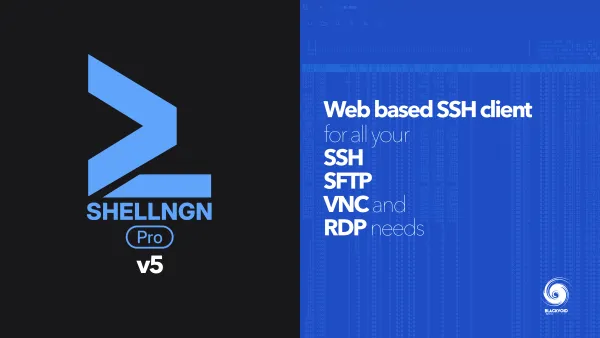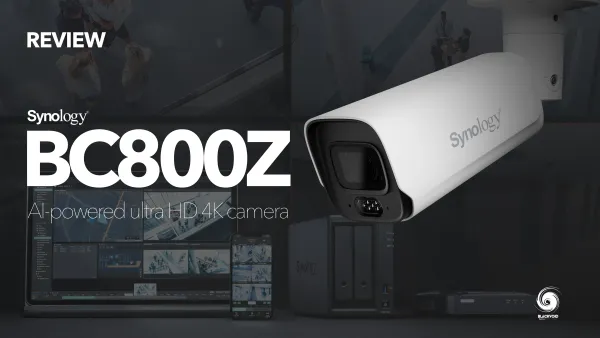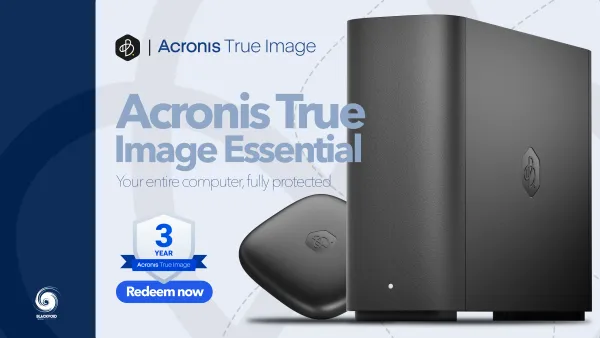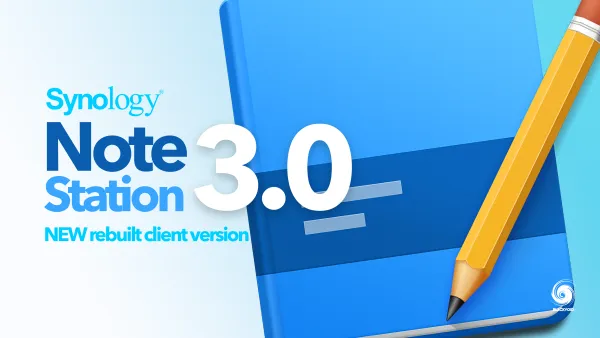What does Synology's future look like - 2025 changes and beyond?
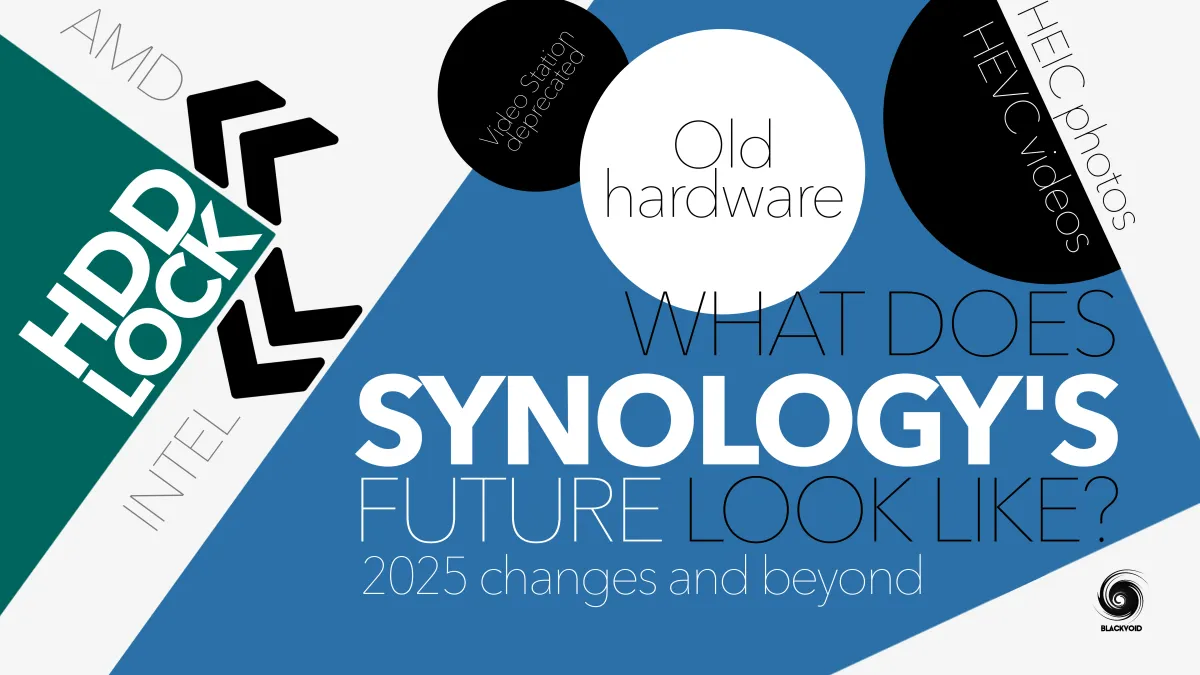
Due to recent upcoming changes and announcements, a lot of talk and comments were posted online in the past week. A similar article to this one, I wrote about three years ago on the same topic that had its origin back in 2021.
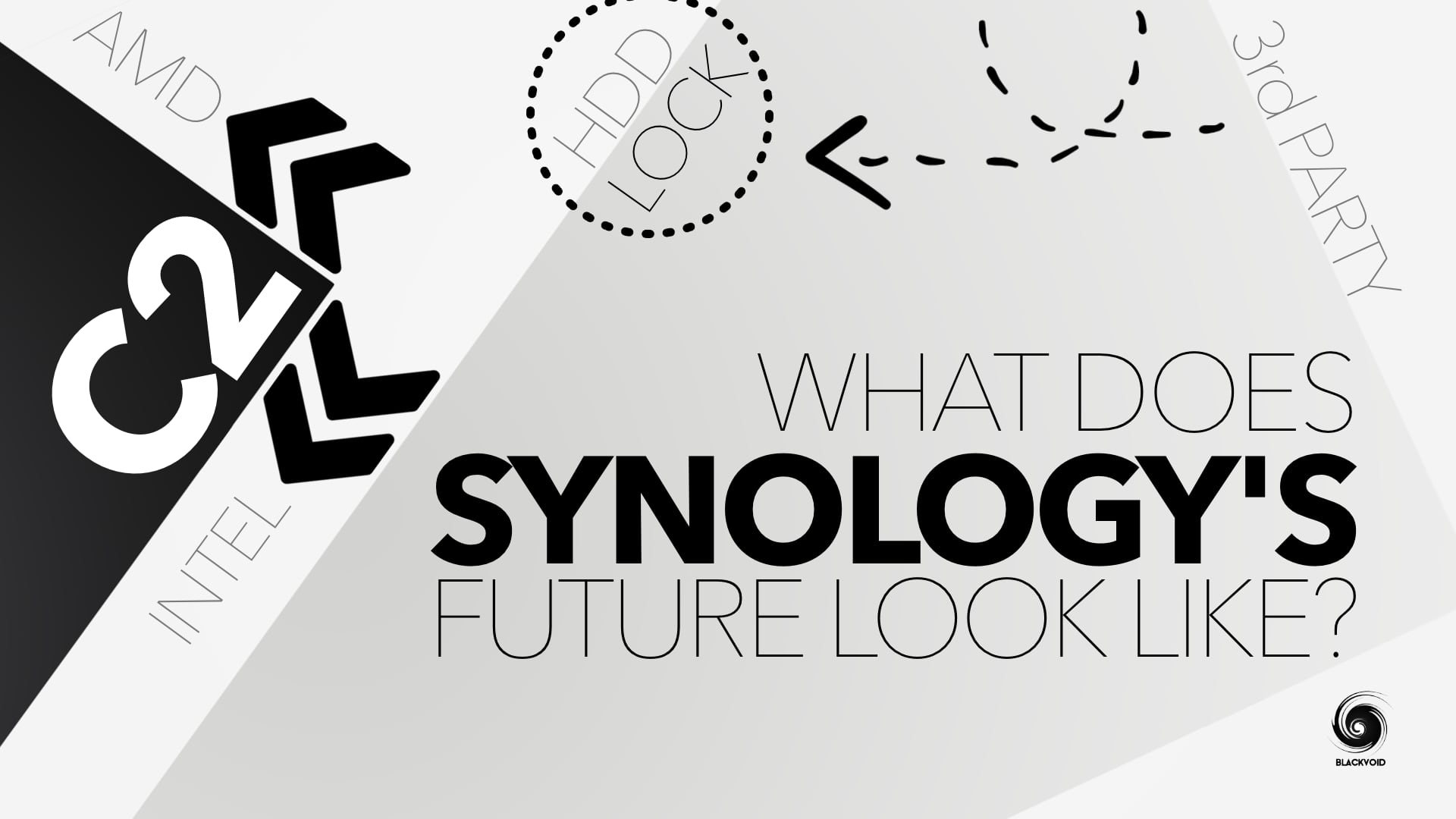
2022 article based on the changes in terms of Synology drives, AMD CPUs, and future predictions
While the title might indicate future predictions, I have no crystal ball and have no idea how anything will pan out, but still, I would like to try and comment on how I see certain decisions that might shape the future of Synology and its customers.
Back in 2021/2022, the biggest change that stirred up a lot of comments (most of the time negative) was similar to the actual one, only this time around, some might say it is even worse (for the customers).
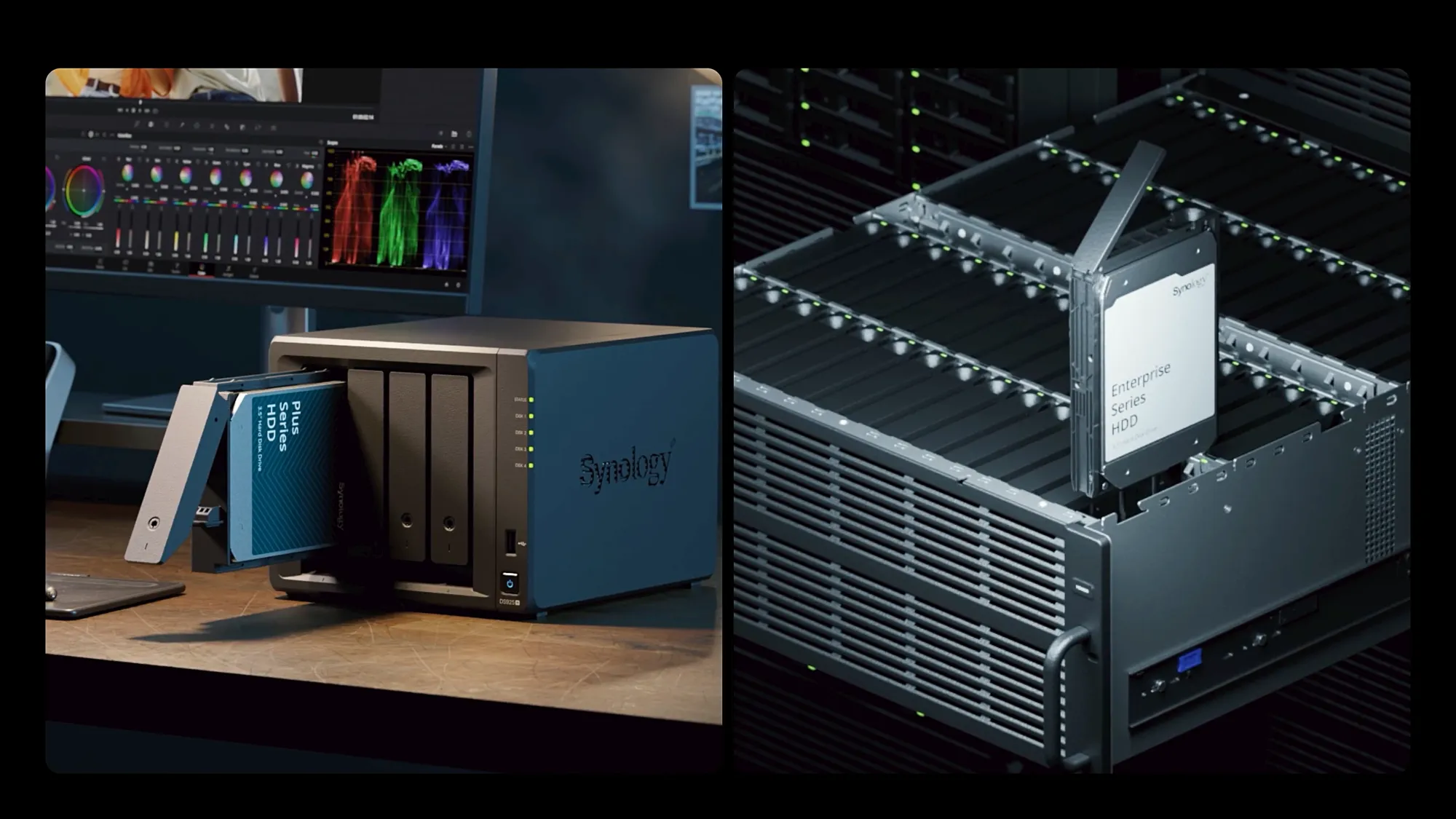
In case anyone has missed what all the talk is about, it was the official announcement that went public on the 16th of April 2025. The topic, just as before, revolved around Synonlogy's hard disk compatibility, specifically with the upcoming X25 models.
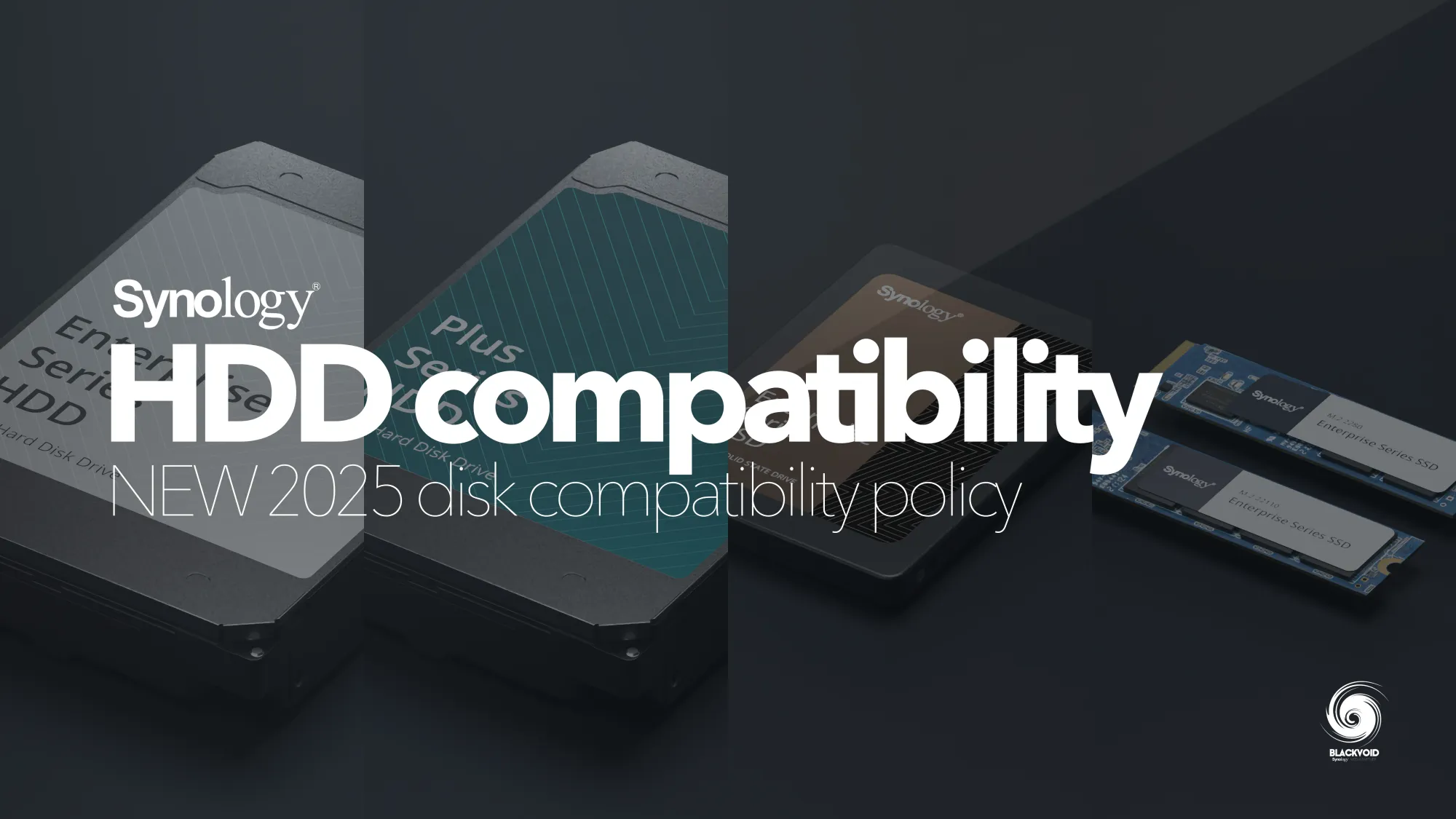
2025 HDD compatibility policy changes that were announced on the 16th of April 2025
In short, the main takeaway from that announcement was this:
"...For users, this means that starting with the Plus series models released in 2025, only Synology’s own hard drives and third-party hard drives certified according to Synology’s specifications will be compatible and offer the full range of functions and support."
Before we go further, it is important to state that Synology has a business relationship with Toshiba in terms of using their hard drives, on top of which Synology applies custom firmware to be compatible with their NAS models and DSM operating system. What that actually means is hard to say, and I doubt there are any major changes against Toshiba's firmware or industry standards.
This is not something that happened overnight, because Synology and many other companies, started by implementing tighter compatibility on their higher-tier NAS models and gradually pushed the policy down the line. With the introduction of non-enterprise drives as well, the time has come to apply the same policy on their most popular and most widespread DS lineup.
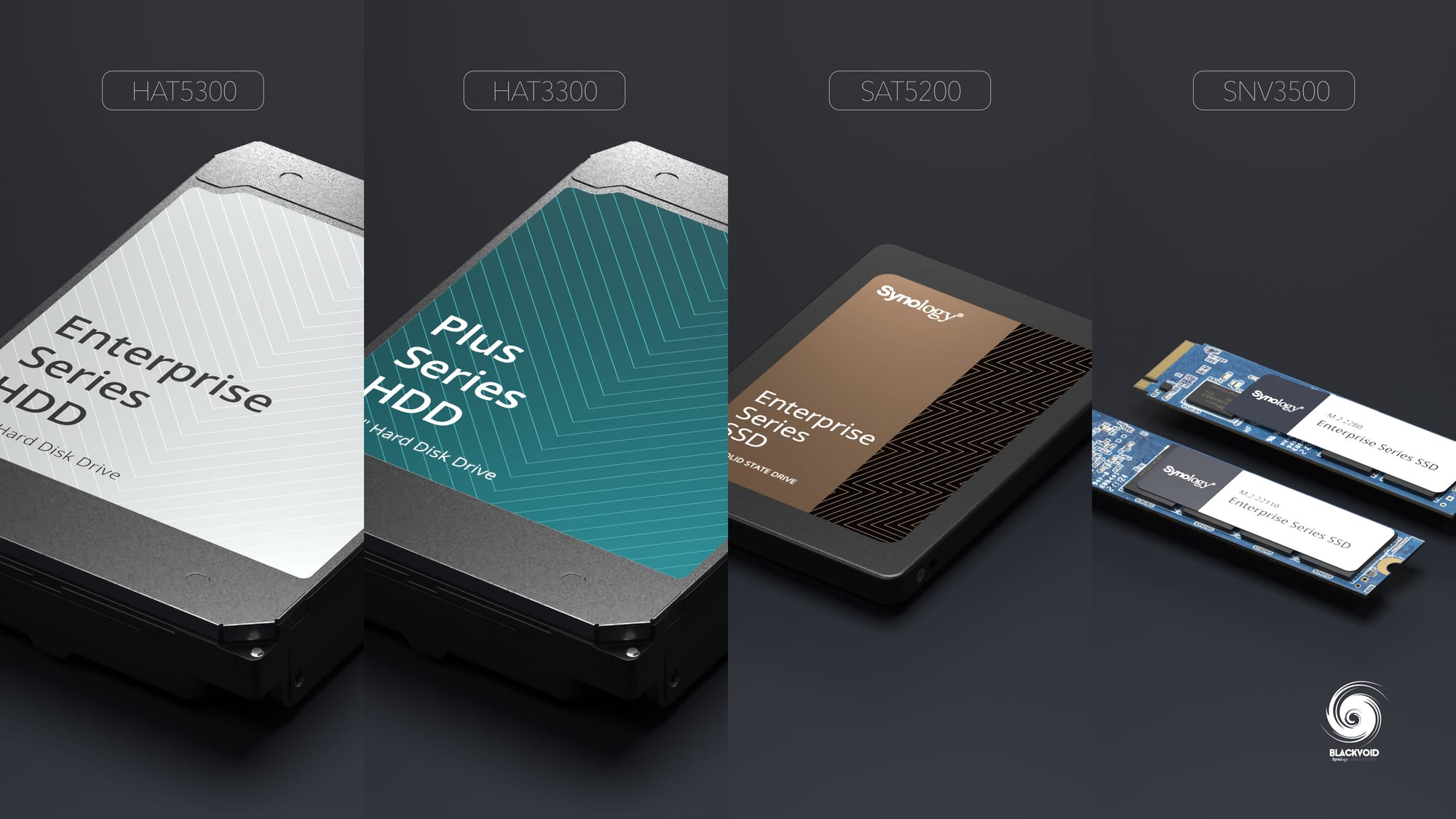
To take this relationship to the next level, Toshiba and Synology also signed a memorandum of understanding (MOU) back in March of 2025.

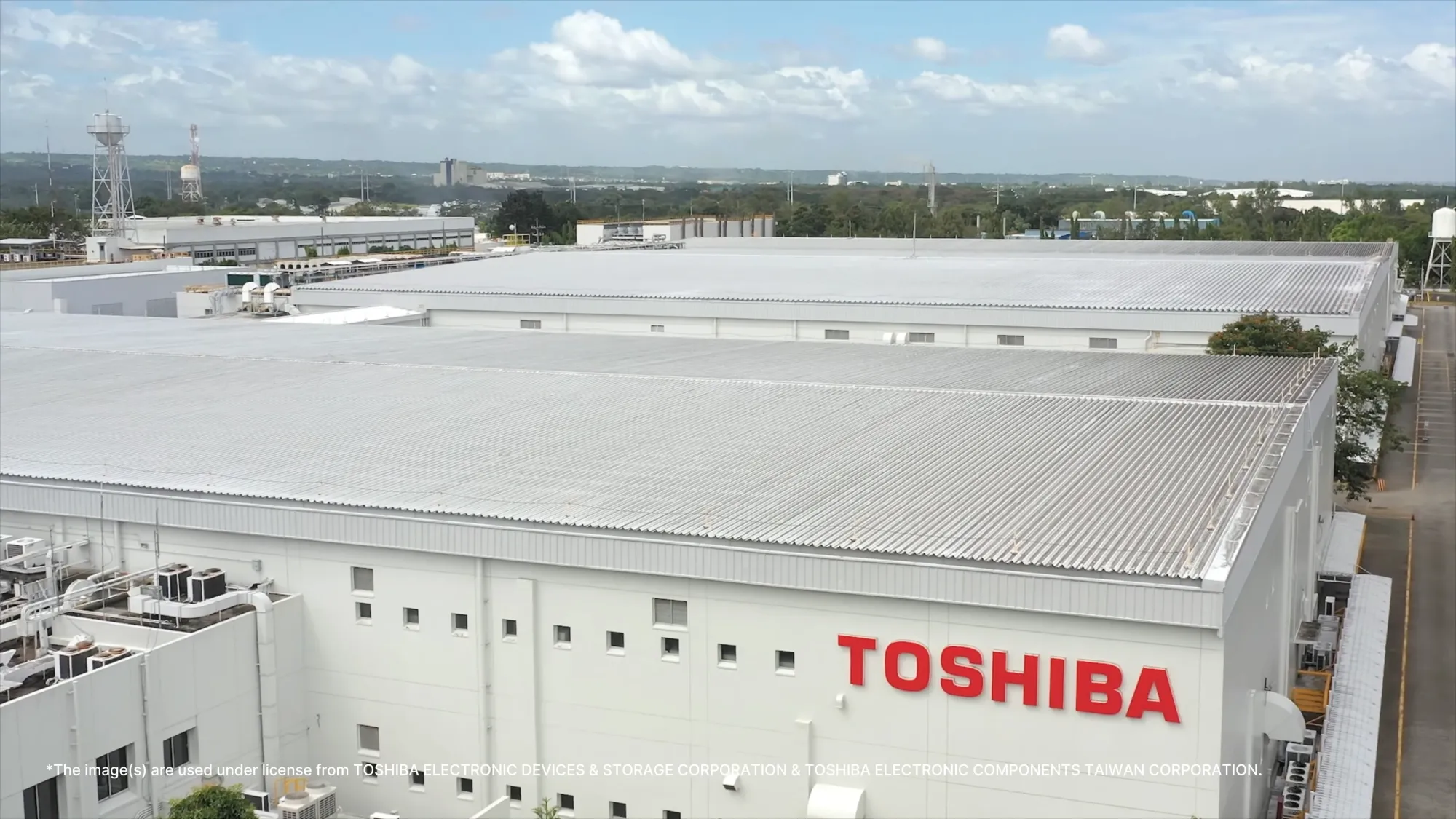
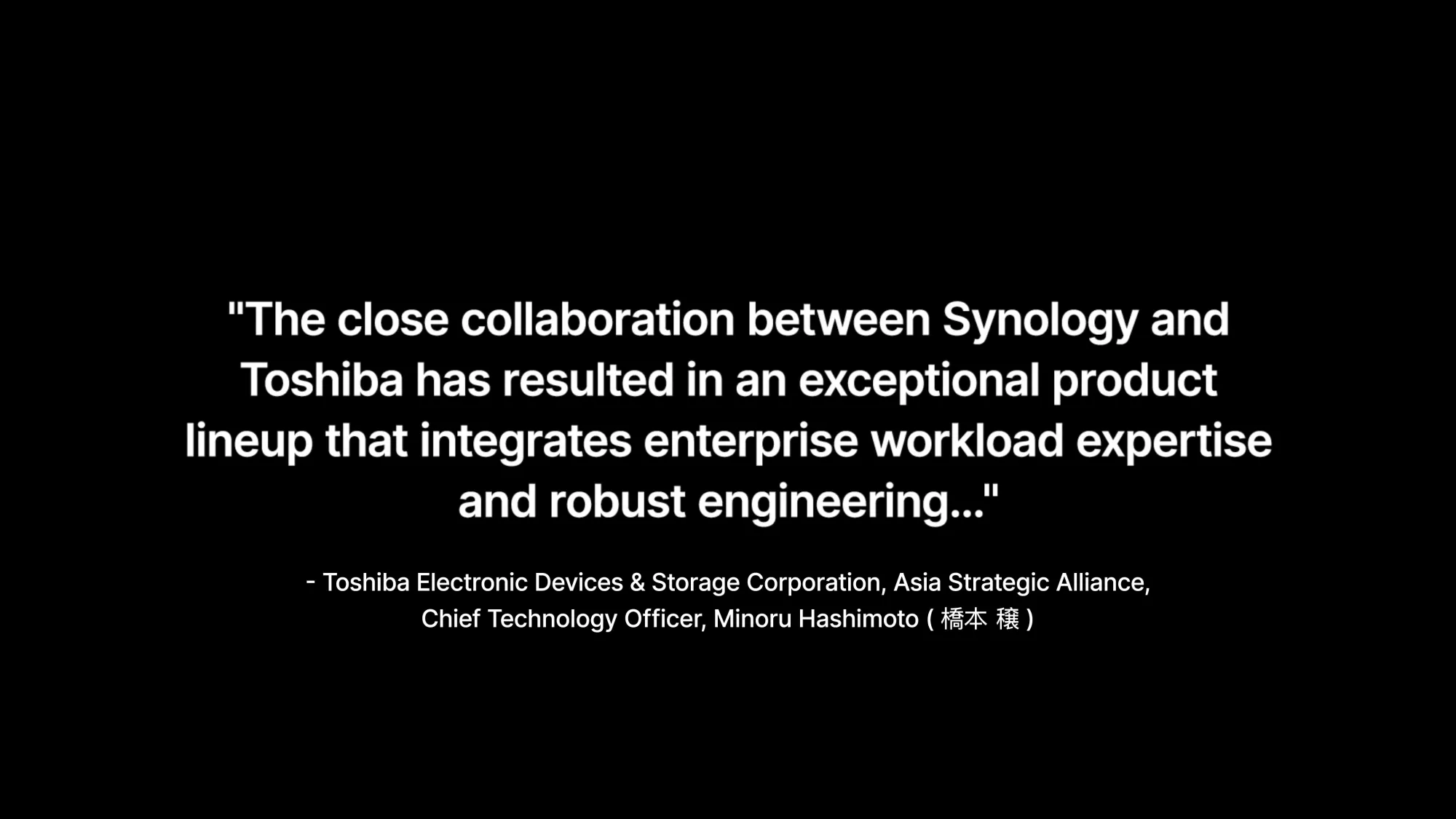
Why is this important? Well, for one, it is a clear message that Synology will continue to use Toshiba drives and modify them in line with their hardware and software.
Another reason is that hard drives also present a nice profit for the company as another product to sell, which also now, with the new compatibility policy, will be almost a prerequisite. Not a 100% prerequisite, but we can't blame them for pushing their brand drives first, even if they are not producing the hard drives themselves.
The top reasons why Synology made this decision
First and foremost, Synology is a company like any other, regardless of the actual business they are in. As a company, they are driven by the same force. Make the biggest profit in the shortest possible time, while having the smallest number of problems, and minimal expenses. Not sure anyone can blame them for trying right?
Profit
Now, profit might seem like the most obvious reason for this change and policy coming into effect, but I think it is not the only one or for that matter the most important one.
With their latest DataProtection, and BeeStation announcements during 2024 and rollout in 2025, the company is clearly sending a message that they want to cater to small and large businesses as well as enterprises, but also SOHO users.
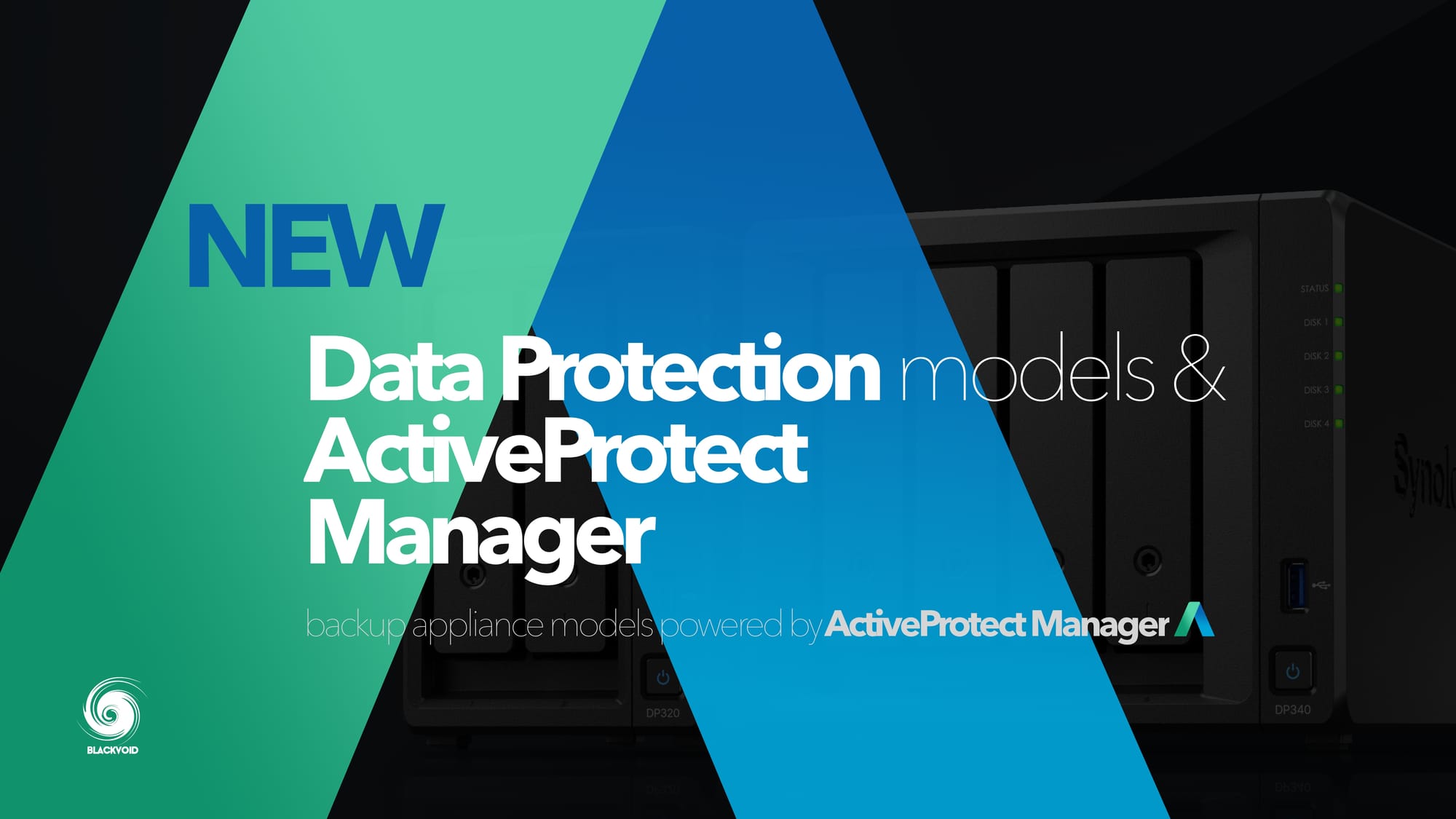
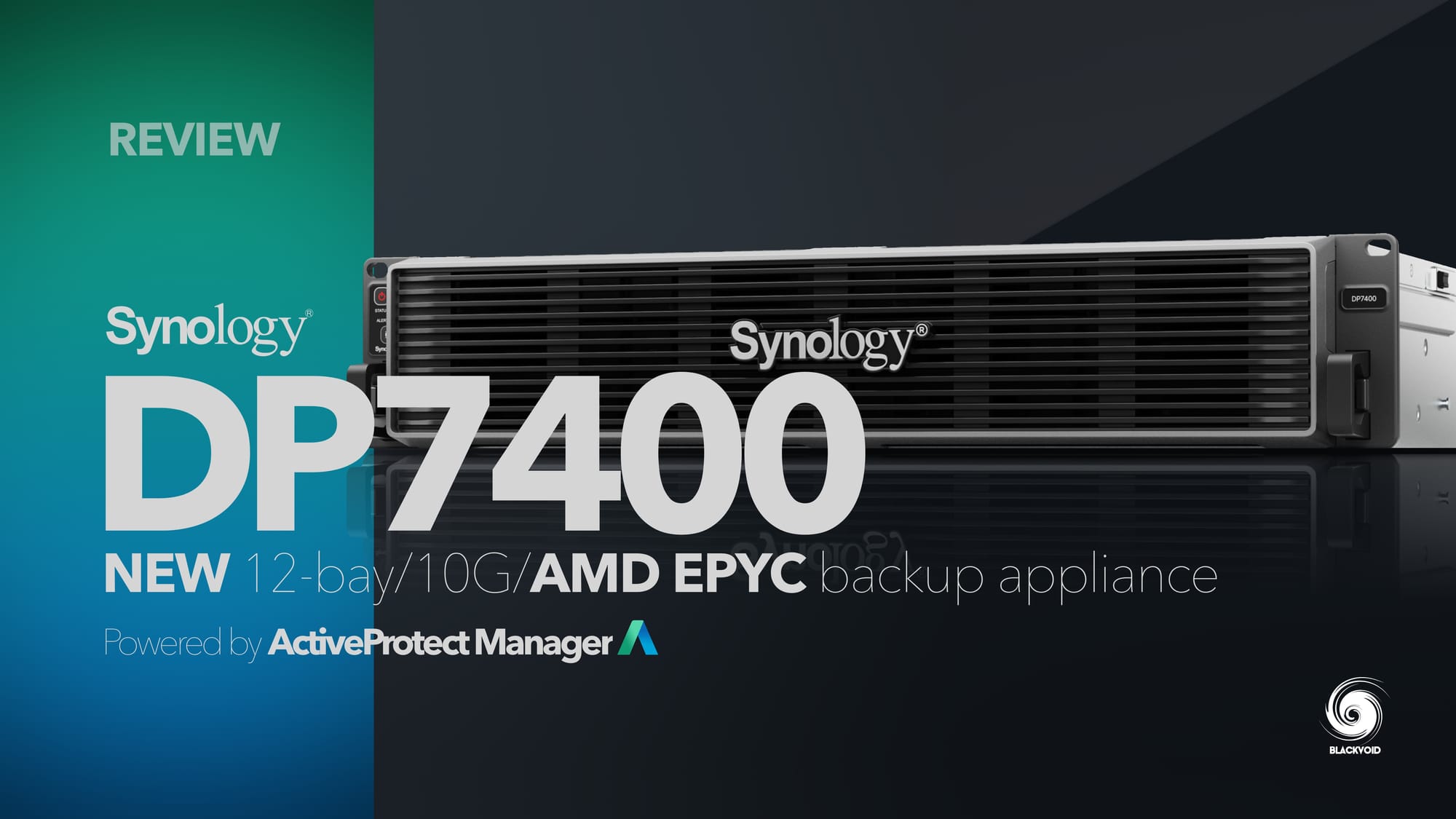
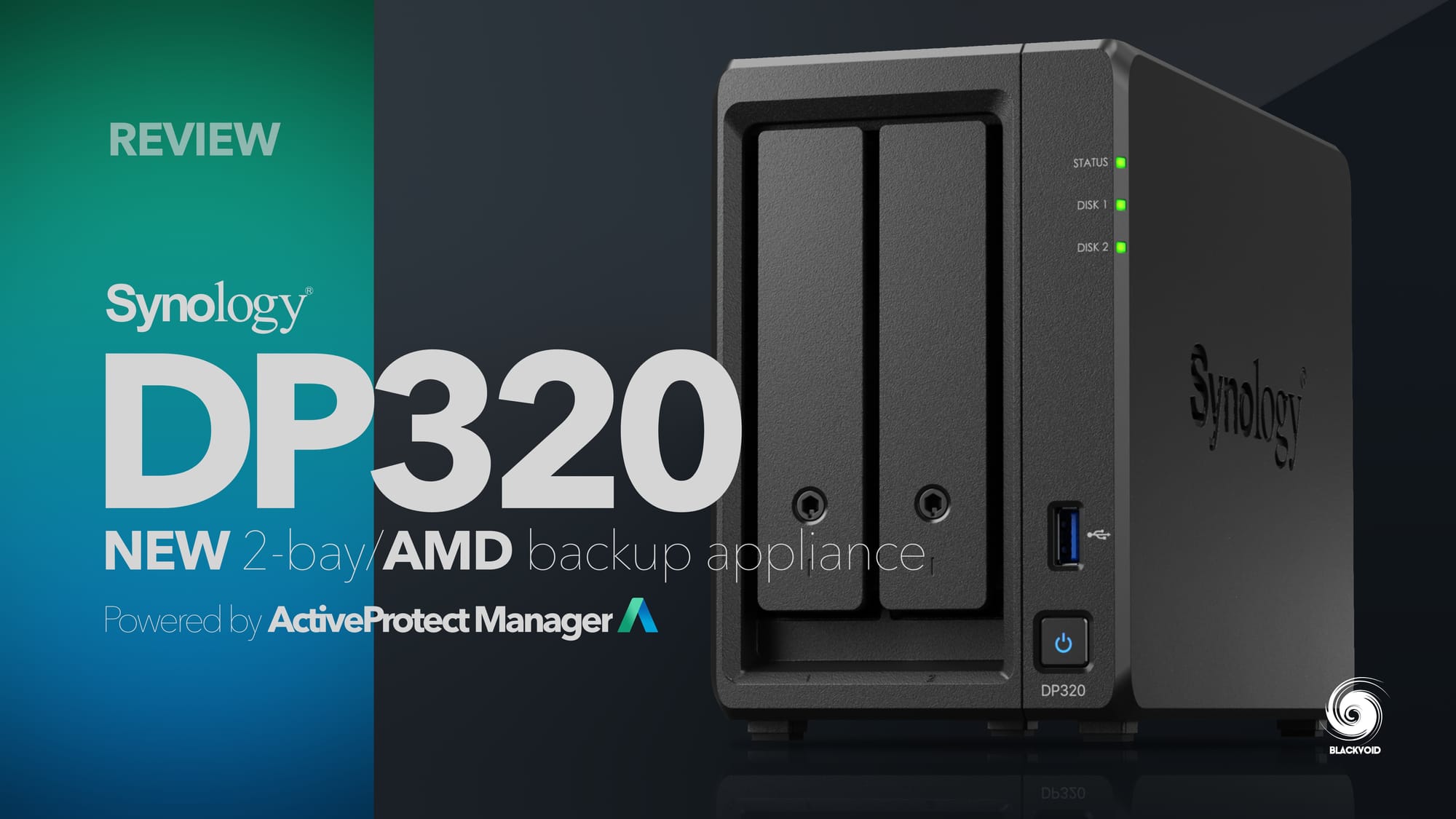
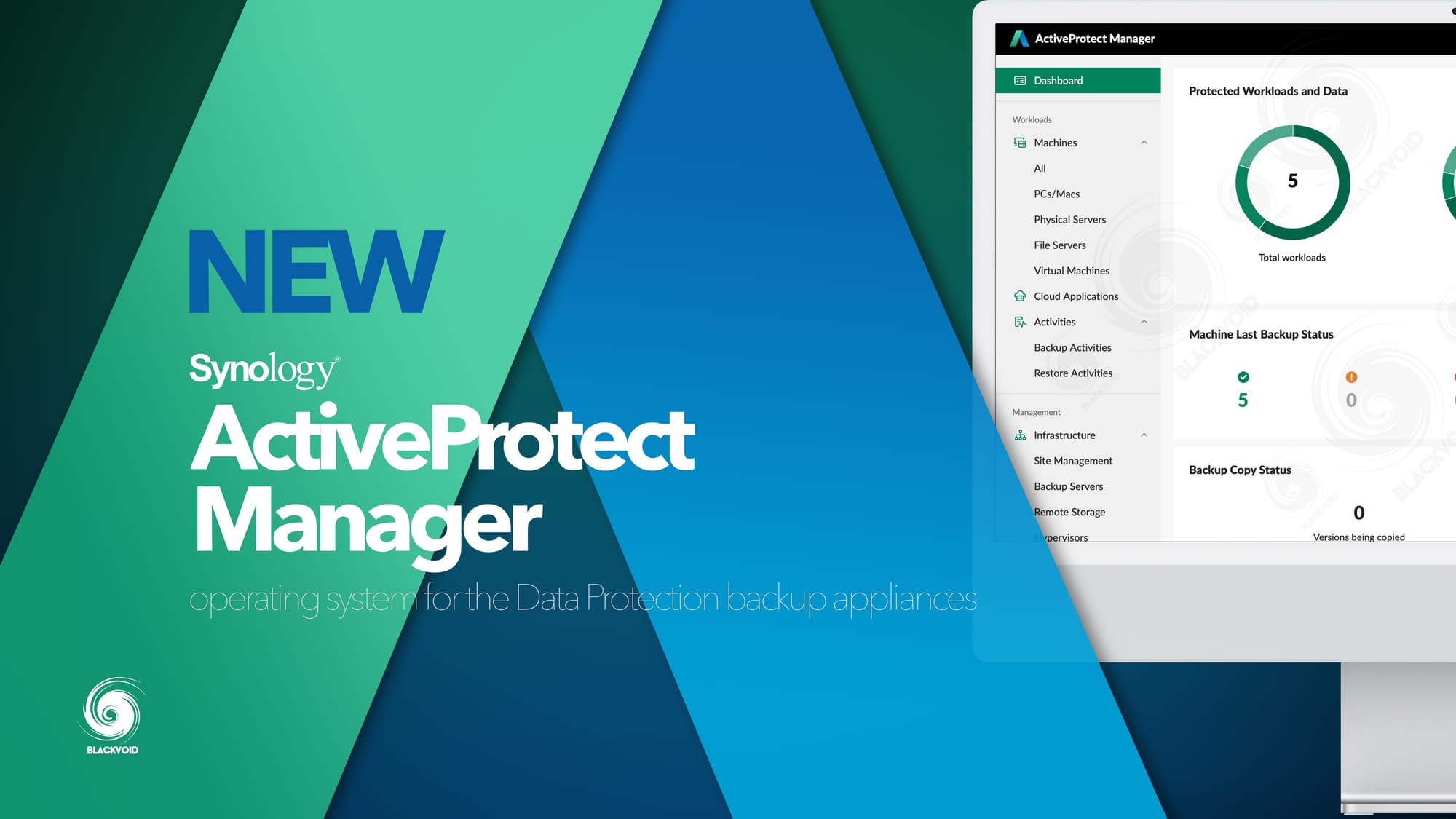
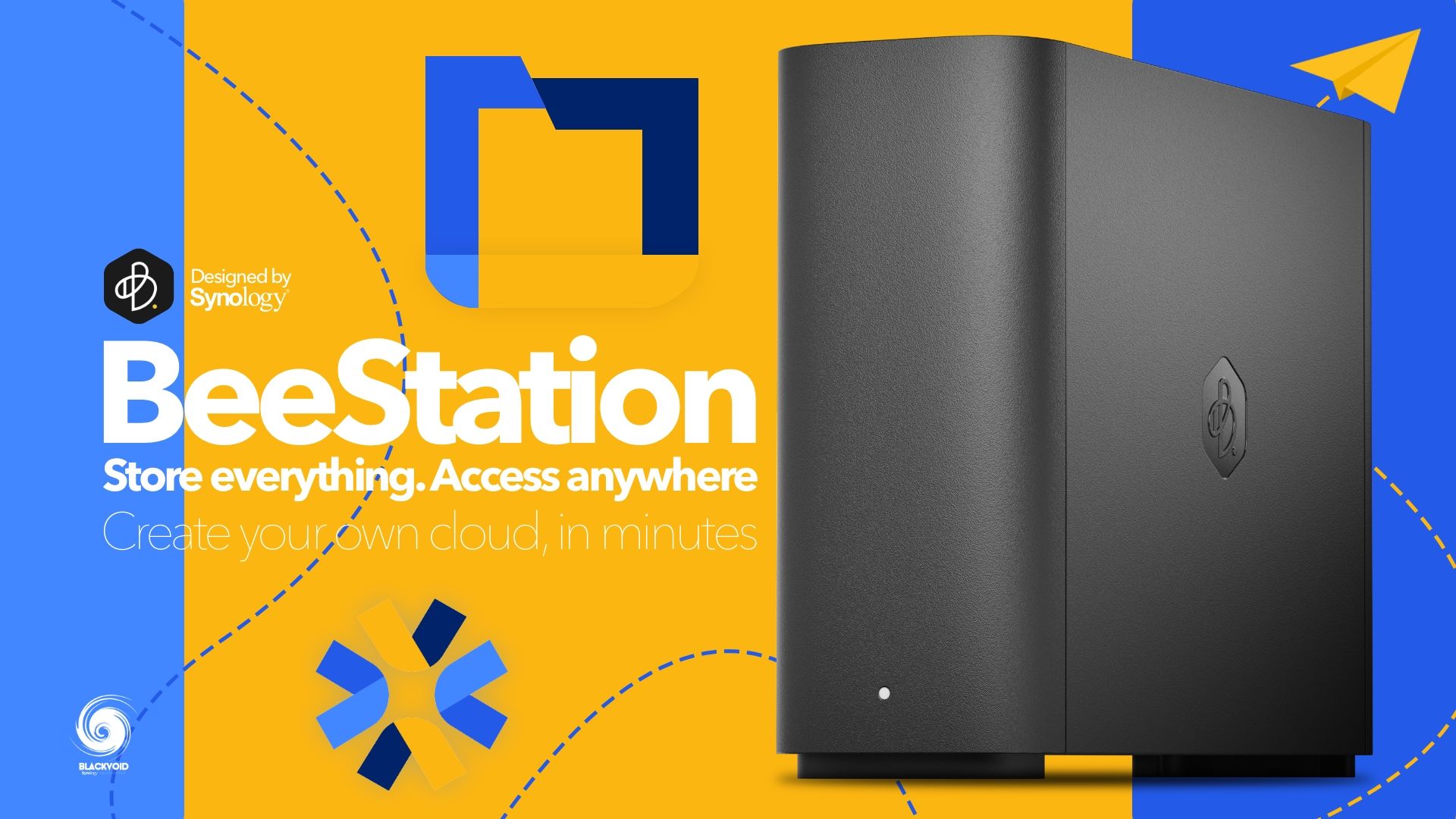
But to make this happen, and to be competitive on tenders, Synology needed a way to vouch for the whole hardware and software by making their devices more "appliance"-like. This means that they had to have their own NAS devices, their own "branded" memory, add-on cards, and now finally the hard drives.
Sure, it makes a lot of sense to push this idea on the more expensive and more business devices, but why now "force" this idea on the enthusiasts and SOHO devices and customers?
The way I see it, profit might be one reason for sure, but ok, Synology is not a charity organization so it does make sense, but still, there should be more to it.
Testing and compatibility matrix
One other reason that in my humble opinion could be the top one, is the disk testing and compatibility matrix. For decades, Synology has been offering their devices with almost no restrictions in terms of hard drives that can be used.
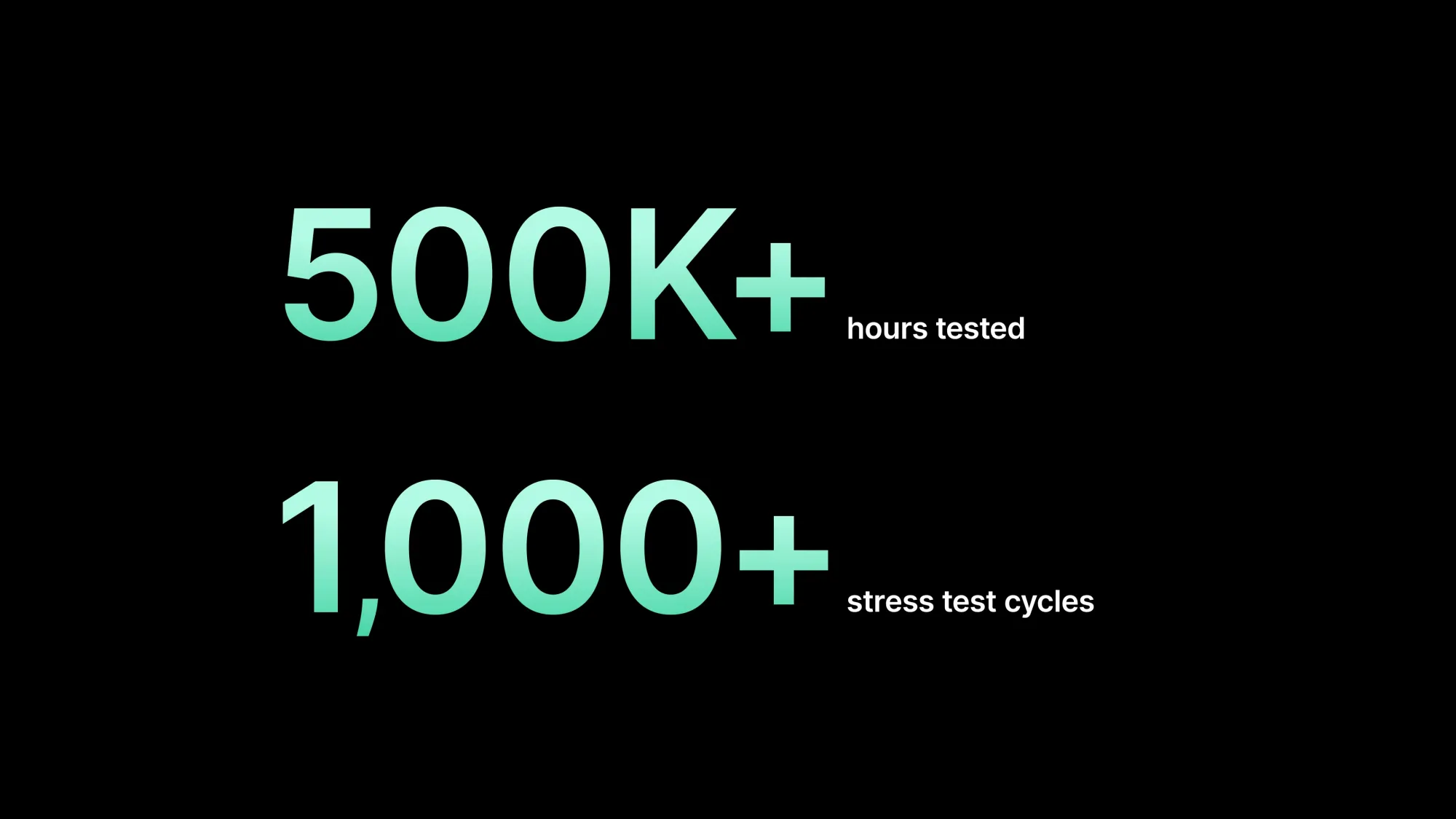
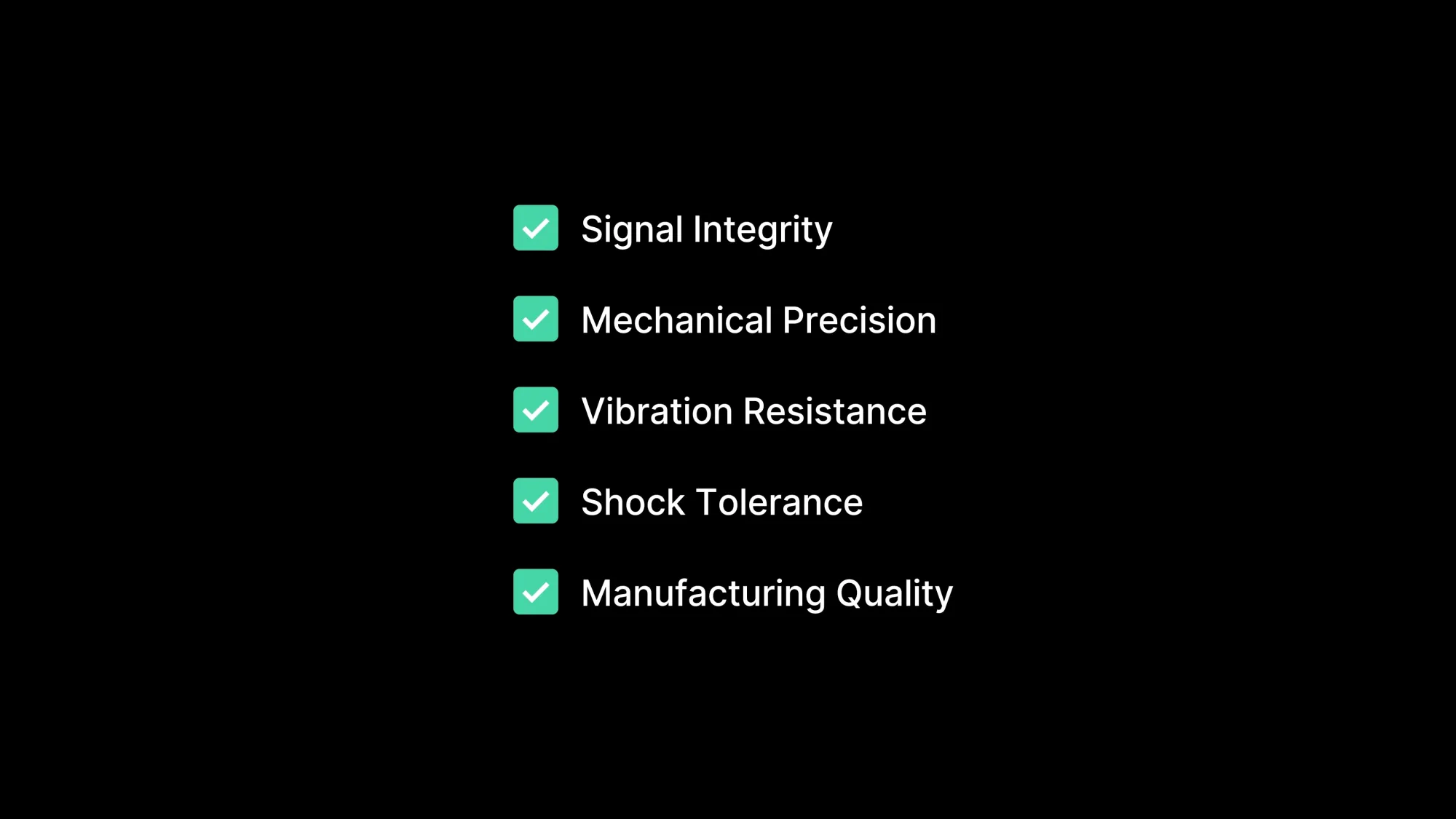
Sure, some 3rd party disks were on the official compatibility list, some were not, and that had certain benefits. It is important to state that even with the changes in the disk compatibility policy, X25 models will be compatible with 3rd party drives along with the official Synology branded ones.
But going back to the testing matrix, we can only imagine how many tests and retests, days, and months are needed to validate and verify each brand and all of their drives. This must be a huge effort that requires a lot of manpower and person-days.
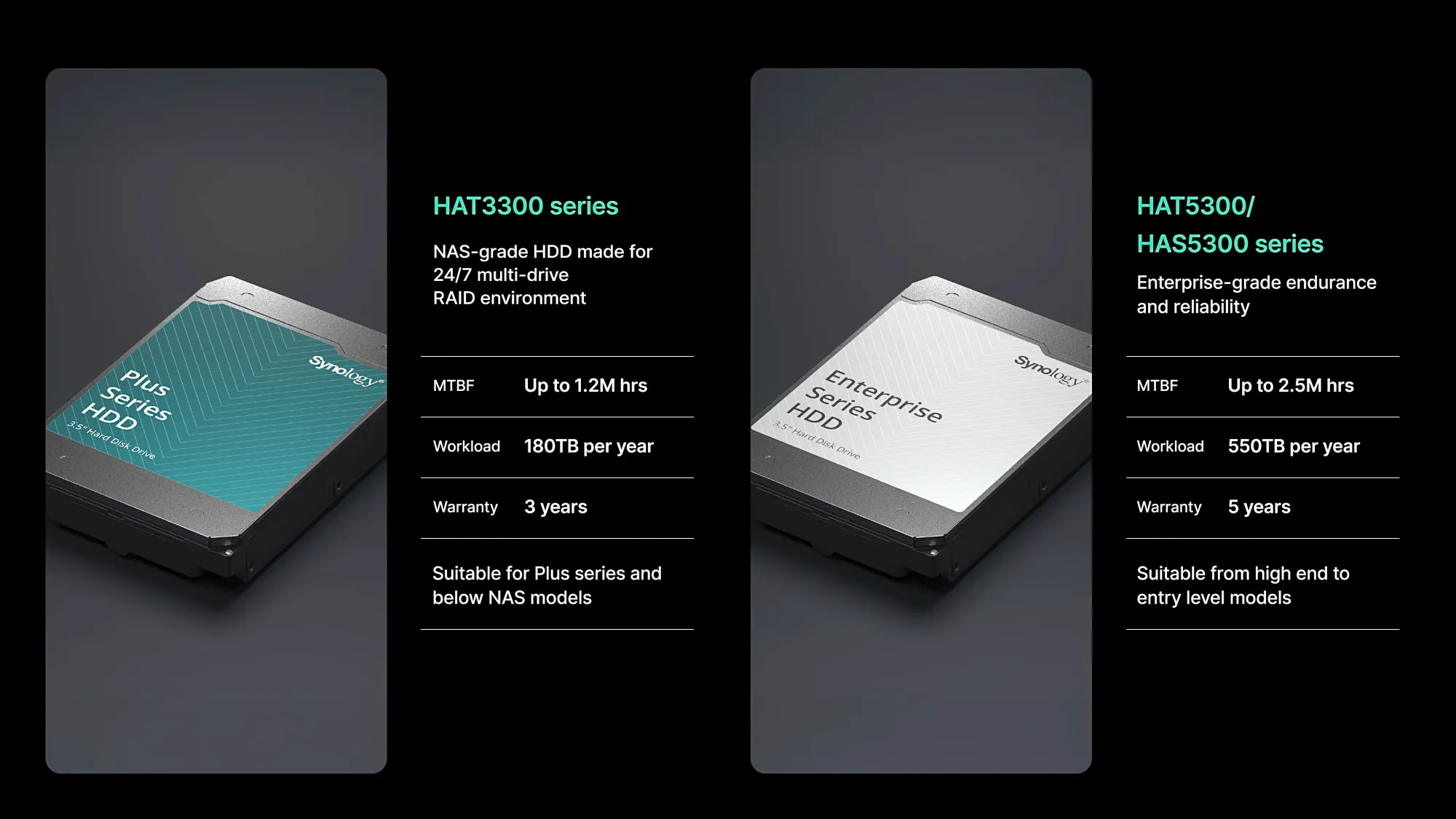
My guess is that Synology might offload this task to the drive vendors themselves, eliminating the need to do all this in-house, apart from their Synology-branded disks. So, shrinking the testing matrix from around 80-90 drives (or more) across all vendors and all Synology NAS models to just 20 drives (Synology SATA, SAS, and NVMe combined) will definitely save time and money in the long run.
Using a specific set of drives to work with their devices, Synology is also eliminating the need to be more compatible on the OS level. While this will cause issues with users who want to use non-verified drives, on the other hand, it will bring better support and stability for those who use only certified ones. Also, on-the-fly firmware updates can be pushed via DSM after the drives have already been in use should such a need arise.
Streamlining the support line
This also guides us towards support improvements. For years, Synology has required that NAS devices (or routers, for instance) be registered in the customer’s Synology Account portal to offer support. When opening a ticket, users must select the device needing assistance from a dropdown list of their registered personal devices.
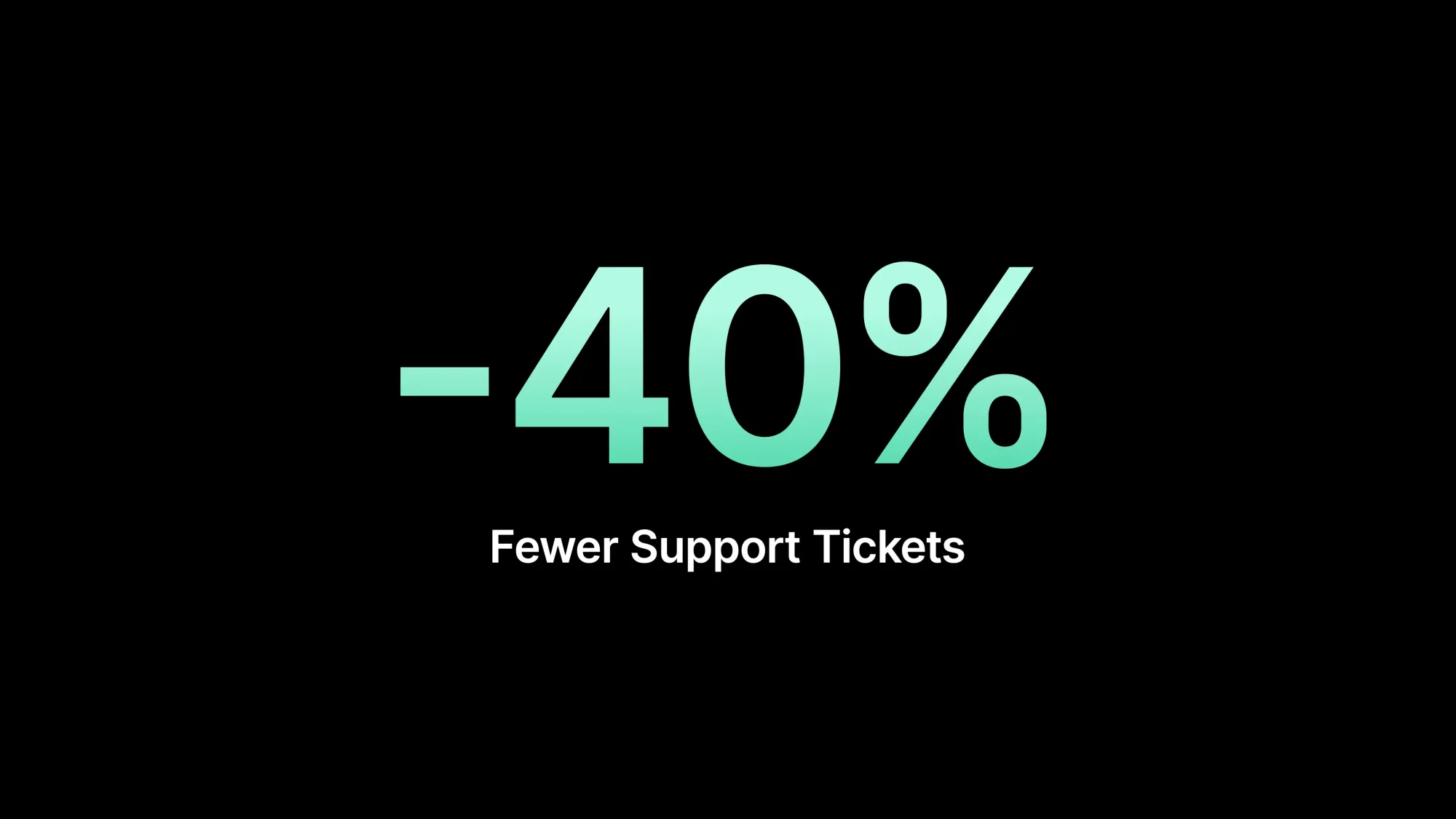
Furthermore, Synology started to change its policy that revolved around other hardware elements that went inside the NAS such as RAM, add-on cards, and now finally, the hard drives.
By "removing" the users that are not compliant on the hardware level, Synology is again saving time and money, and at the same time offering more attention to customers who do use the devices and adhere to hardware requirements and EULA (users that are making modifications to the OS).
The company also began using AI as the initial line of response for tickets, alleviating pressure on the support line. Additionally, the revamp of their knowledge base portal positively impacts users by providing numerous hints, tips, and know-how that might otherwise result in support tickets.
Old hardware, apps, and OS changes
Everything said so far might be a short list of reasons why the company is doing all of this. It could be wrong, could be right, we will see, but what makes the whole situation strained at this point is also the fact that certain decisions that happened overnight, so they say, pushed users away from Synology products and might continue to do so in the future.
What I'm referring to are software changes that happened in August and September of last year, with the depreciation of H264/H265 decoding support, as well as the complete termination of their Video Station platform with the release of DSM 7.2.2.
Users who were unfortunate and didn't read the release notes carefully ended up being stuck with no functionalities that they were expecting, and on top of that, due to the downgrade of DSM not being a supported action, it escalated the whole situation further.
Now, the sunset of apps, life-cycle management, call it what you want, is expected with any software, and any company that makes one, but there are always ways to do it, and ways of how not to do it. Packing such an important change into a DSM security release, for the most part, and sticking it as a one-before-last bullet point is not the way to do it for sure.
Customers who are familiar with the company and their products and services will tell you that while Synology has been a long time (25 years) in business, they were never the ones who pushed for the latest and greatest, especially when it comes to hardware.
Up until recent years, one could argue that having the best hardware is only half the story, and for the most part, it is still true, but it is also the fact that every once in a while, you need to make changes to stay competitive. Unfortunately, with the upcoming 2025 refresh of products, it feels as if Synology is buying itself a few more years by reusing the same CPU from the X23 and X24 generations, and making network upgrades that are already late to the party. It is also worth mentioning that they are taking away some hardware choices that were noticeable and welcomed a few years back, yet now, we won't even have the option to choose them (10G option, for example).
The competition never sleeps, as just as Synology decided to take the shot at a SOHO segment with their BeeStation and BeeDrive, so did others by attacking the most popular and wide segment of their portfolio, the DS Plus lineup.
Several new players, some with a turn-key solution, some with pure hardware offerings, and others offering the best of both worlds are showing Synology that customers want more. They want more power, more speed, more options, and fewer restrictions. By the looks of it, with the X25 series, we won't get any of that. For the enthusiasts out there, this will not sit well, and they will explore other solutions, but on the other hand, some won't mind this change.
Better control, fewer problems
I have no idea how big the Synology market is or how many customers are buying specific devices, but I'm also sure that Synology has done its homework and taken a calculated step (dare I say risk?).
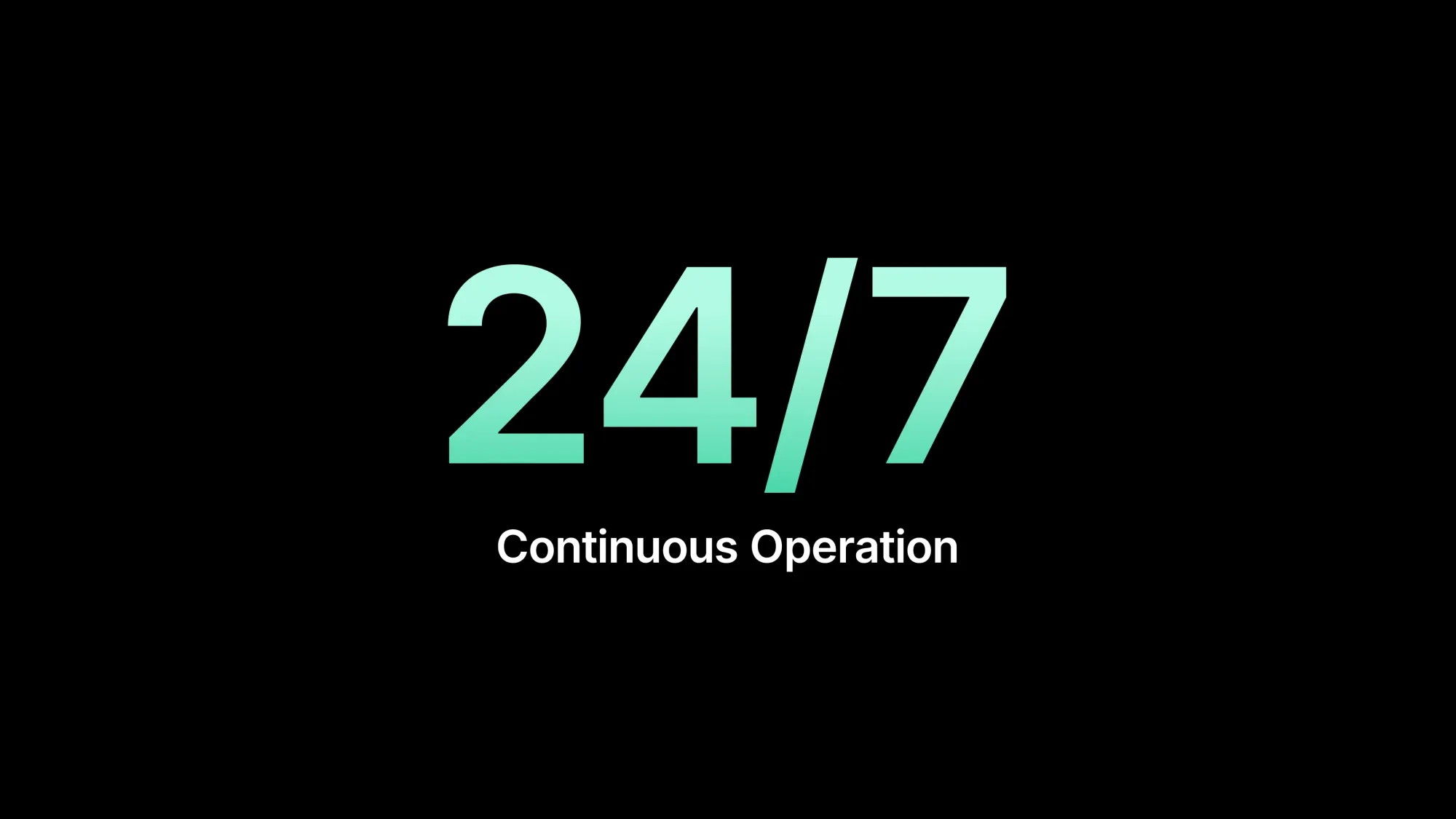
While some will find this decision and the latest changes that we mentioned in this article as a clear red flag and action to abandon ship, others will continue and look at this from another angle. Having an almost turn-key solution that works is more than just a piece of mind. It is a guarantee that we have support to turn to, that we have a way of replacing that device in case something happens during warranty, and above all, years of experience behind that product.
Sure, that comes with a price tag, but that is to be expected as we are not buying just a box; we are buying an experience that includes hardware, software, and services.
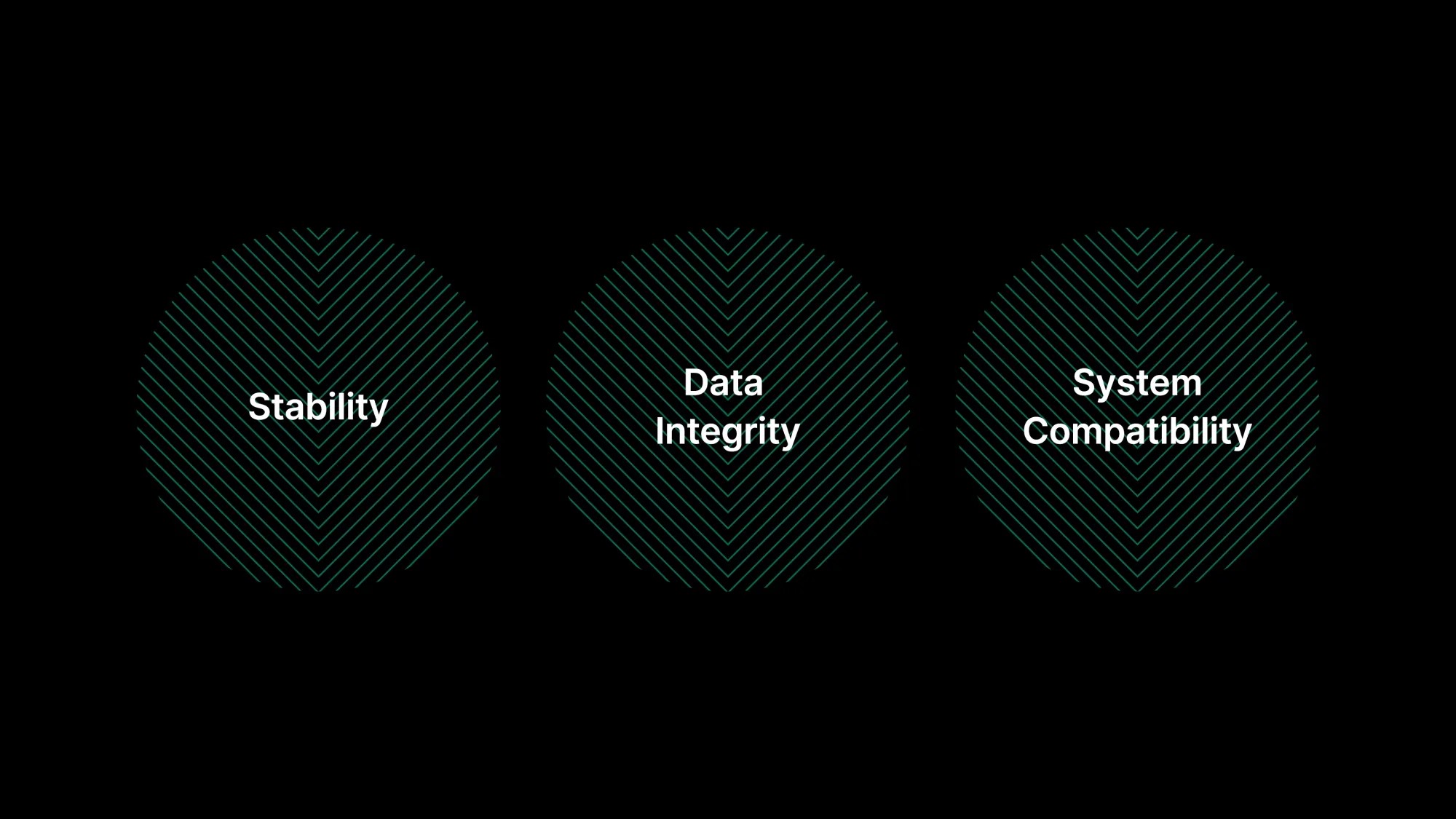
People who are accustomed to closed ecosystems will have no issues with these or similar changes. Without going into anyone's pocket, there are alternatives out there, and the best part of a competition is that they all force themselves to be better and offer better products for the customer.
Synology has obviously wanted to simplify things across the board, and this started years ago when 3rd party apps from the Package Center were eliminated. Back then, it was not a big deal as Docker support was always the way to bring an almost infinite number of apps to this closed system. Now, the story continues with hardware. While its hardware lacks the modern punch that the competition always had and still has, Synology is moving along its own pace, following its agenda.
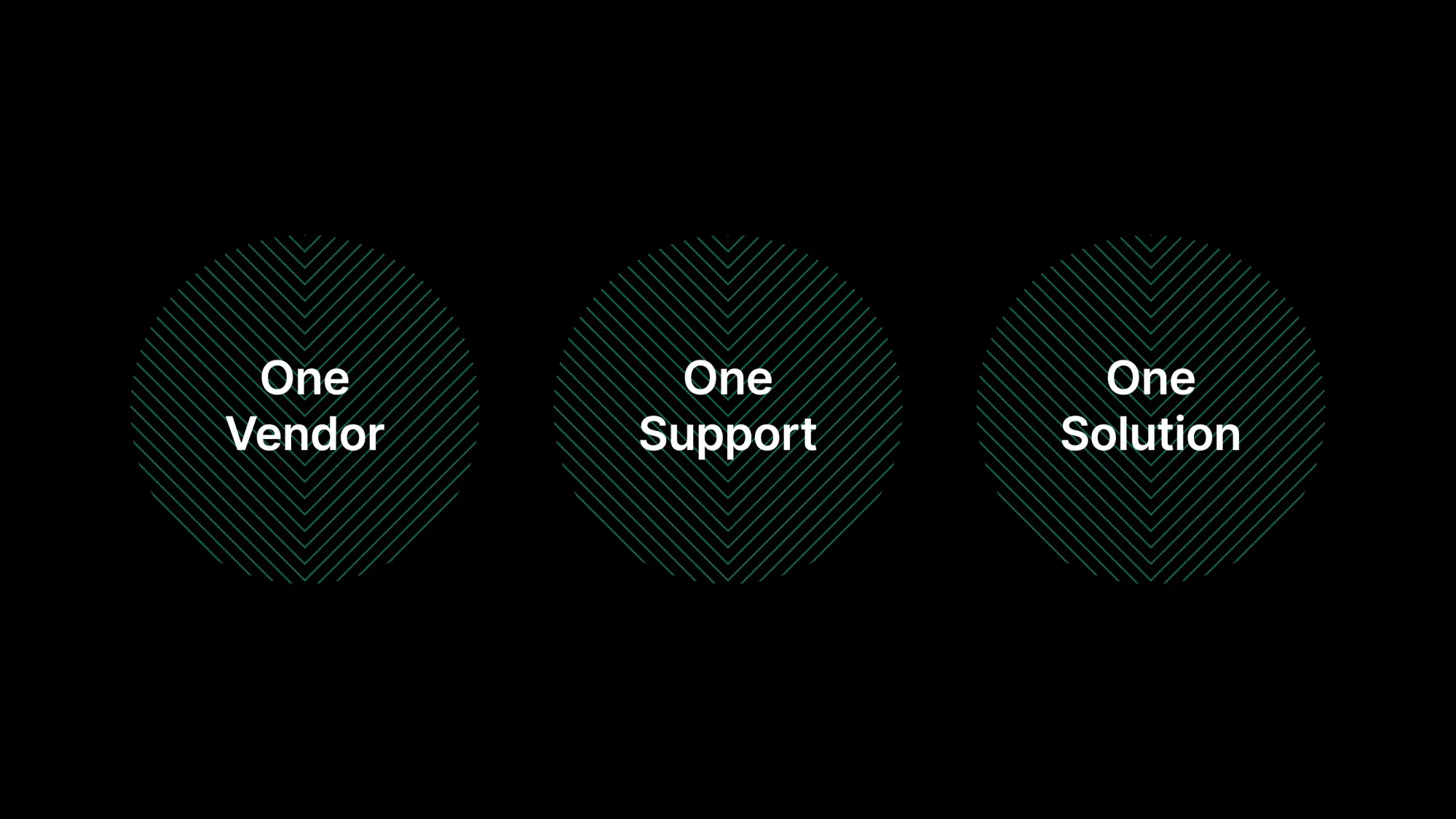
Presently that looks like a slap in the face for the customers that made this brand what it is today, and while Synology is not what it was 15 years ago, it is also not a guarantee that these decisions will backfire. Again, every company is making changes to primarily benefit itself, and this is a fact, whether we like it or not.
Underdog competition that has half a dozen devices, targeting specific customers, is still a threat, but not something that Synology is willing to battle every time a new player enters the market. With so many Synology products, versions of OS (for multiple classes of products), and a whole portfolio of free and commercial cloud services, many things need attention.
The risks
Closed systems are nothing new. They existed decades before Synology even became a company. There are many benefits to it, like security, stability, support, and the fact that if configured and executed correctly, things just work. Synology seems to be on a path that follows some of the biggest names in the tech industry, and while they have their problems, wrong decisions over the years, success, and their ups and downs, closing oneself off is something that could end up being problematic.
"People who are really serious about software should make their own hardware,"
Alan Kay
Many companies tried to do the same, but few succeeded. That doesn't mean it is not possible; it simply means the risks are even greater.
If we simply translate this to the current hot topic of "HDD lockdown" (again, Synology is not abandoning 3rd party vendors), one of the risks should sales take off is the availability of hard drives. By selling more and more of their drives, the company will have to have a clear and present supply to be able to support their various customers. From SOHO to enterprise customers, some will require replacements within 24 hours, and this is where the greatest risk currently comes from.
One might argue that because Synology has already a five-year presence on the market with their enterprise drives the supply line is covered and meets the demand. But, with the DS Plus lineup now primarily favoring Synology's Plus series of drives, this might be something that raises an eyebrow.
I don't see it that way, as the HAT3300 series has already been on the market for several years, and the supply line was surely prepared to comply with this new compatibility policy. Checking the Synology Store today (21/4/2025), every region that supports it has all the drives in stock available for web purchases.
The future?
So are we looking into more enterprise-like Synology in the next five years? Will they completely abandon the "enthusiasts" lineup? These are all valid questions, and while I have no definitive answers to them, I can say that the evolution of a company is more than apparent.
More control over hardware components, more control over apps and the OS, and fewer new hardware upgrade milestones. This is what Synology currently looks like. Some will be fine with it, others won't, some will adapt, and some will find alternative solutions.
Because we are creatures of habit, who don't like change, especially when it involves less control and more money out of our pockets, it is expected that customers will not find these changes to their liking, but it is what it is. Synology has made its move, now it's up to us.
